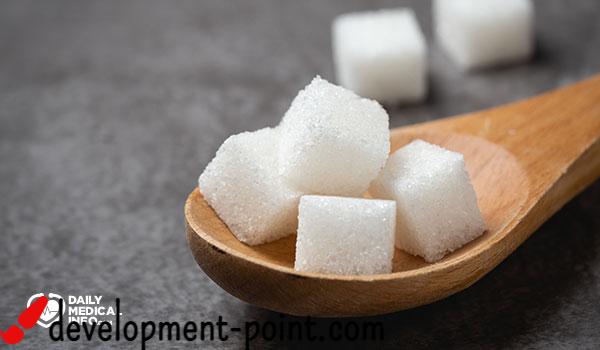What is the prostate? And what is its function?
The prostate gland is an organ of the male reproductive system, which plays a role in regulating and producing semen. Below we will talk about the location of the prostate in the body, its function, and the diseases that may affect it.
What is the prostate?
The prostate is a gland about the size of a walnut or ping-pong ball, located between the bladder (below the bladder) and the penis (just in front of the rectum), through which the urethral tube passes.
The prostate is a small, soft organ, weighing about 1 ounce (about 30 grams) and usually soft to the touch; This is due to the connective tissue that contains muscle fibers that surround the prostate.
Scientists often divide the prostate into four parts that surround the urethra like the layers of an onion, and include the following parts of the prostate:
- Anterior zone: which consists of muscles and fibrous tissue, and doctors call it the anterior myofascial zone.
- Peripheral zone: This part is mostly towards the back of the gland, and this is where most of the glandular tissue is.
- Central zone: This zone surrounds the ejaculatory ducts and constitutes about 25% of the total mass of the prostate.
- Transition zone: It is the part that surrounds the urethra, and it is the only part of the prostate that continues to grow throughout life.
prostate function
The main function of the prostate is fertility. A person can generally live without a functioning prostate, but they must have a functioning prostate if they want to have children. Prostate functions include the following:
1. Helping produce semen
The prostate contributes prostate fluid, which accounts for 20 to 30% of the total semen volume, with the remainder coming from the seminal vesicles (50 to 65%), and the testicles (5%).
Prostate fluid contains important components that help sperm survive in semen, including:
- Enzymes. One of the most important is prostate-specific antigen (PSA), which helps make semen thinner and more liquid.
- zinc.
- citric acid.
Semen also helps the sperm to travel through the urethra and survive its journey to the egg, which is essential for reproduction.
Prostate fluid is slightly acidic, but the other components of semen generally make it alkaline; This is to resist vaginal acidity and protect sperm from damage.
2. Closure of the urethra during ejaculation
During ejaculation, the prostate contracts and releases its fluid into the urethra; To mix with other fluids from the seminal vesicles to form semen, which then mixes with sperm cells, and the mixture is expelled from the body.
3. Hormone metabolism
The prostate needs male sex hormones, such as testosterone, to function properly. The prostate contains enzymes called 5-alpha reductase inhibitors, which convert testosterone into its biologically active form called dihydrotestosterone (DHT).
This hormone is an important source for the development of secondary sexual characteristics in men, such as facial hair.
Prostate diseases
There are some disorders and health problems that may affect the prostate in men, including:
Frequently Asked Questions
What is the prostate in women?
Women do not have a prostate, but instead, they possess glands and other ducts (Sken glands), which play a role in the female reproductive system.
Is there a relationship between prostate and feet pain?
No, the only aspect of the relationship may occur in the event of acute inflammation in the body, which leads to side effects throughout the body.
Is there a relationship between the prostate and erection?
Yes, an enlarged prostate may cause sexual problems in men, such as: erectile dysfunction and decreased sex drive, and you can learn more from our article Enlarged Prostate and Intercourse.
Is an enlarged prostate dangerous?
Prostate enlargement is a benign tumor, that is, it is not cancer, so it does not usually represent a serious threat to health, but in the event of serious complications, it may lead to health risks.
Is it possible to urinate and ejaculate at the same time?
No, when the prostate contracts during ejaculation, it closes the opening between the bladder and the urethra, forcing semen out quickly, so it is impossible to urinate and ejaculate simultaneously.

